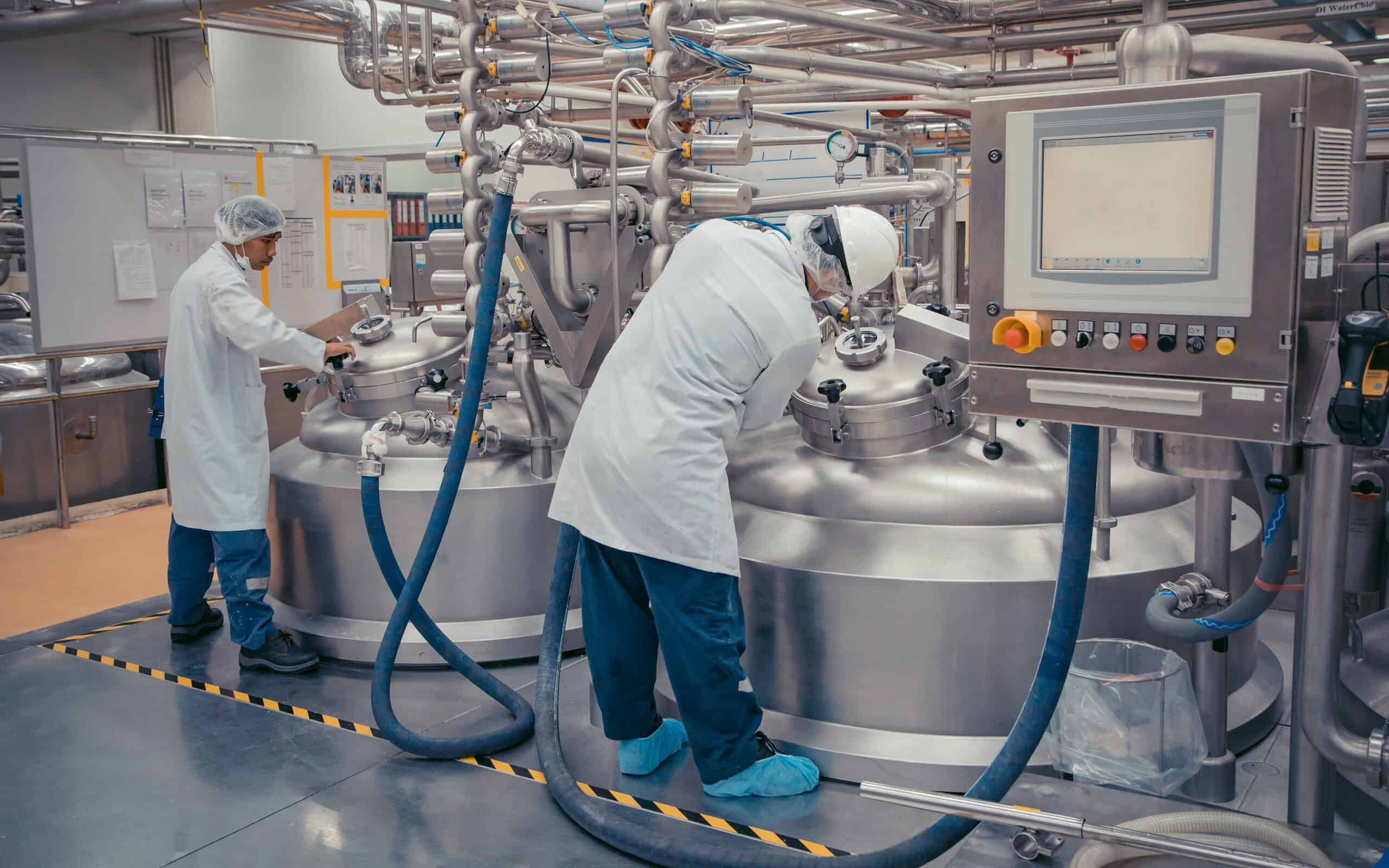
What is Glenday Sieve?
Glenday Sieve is an analysis technique that allows practitioners to prioritize and target improvement efforts on a few high-volume procedures, processes, units or activities (PPUAs) or products (SKUs). The technique was developed by management consultant Ian Glenday.
The concept came to Glenday when he was working with a team at a Fortune 500 company. While analyzing product sales across countries, Glenday made a discovery relating to the old 80/20 rule, or pareto principle. The 80/20 rule generally follows the principle that 80 percent of revenues come from 20 percent of a firm’s product line. Or, that 80 percent of a business’s revenue come from 20 percent of its customers. The rule introduces the idea that project managers should target process improvement operations on the SKUs or PPUAs that bring in the most benefit.
Glenday Sieve takes the 80/20 rule to the next level. Glenday discovered that, across all the countries being analyzed, six percent of all products consistently accounted for 50 percent of sales. He also found that 95 percent of sales typically come from around 50 percent of products. Glenday fine-tuned the analysis method, eventually creating the Glenday Sieve (GS).
Referring to the chart below, GS maintains that in most cases about 6 percent of PPUAs or SKUs account for about 50 percent of volume. Each PPUA/SKU is classified and color-coded into one of four different volume groups. Project managers should focus on improving the PPUAs/SKUs in the high-volume green category, as that is where the greatest opportunities for improvement lie. PPUAs/SKUs in the red category should be optioned for discontinuance, as there is a question of if they’re worth maintaining or making worthwhile improvements to.
| Cumulative Percent of Volume | Cumulative Percent of PPUAs |
Color Code |
| 50 percent | 6 percent | Green |
| 95 percent | 50 percent | Yellow |
| 99 percent | 70 percent | Blue |
| last 1 percent | 30 percent | Red |
For example, if a warehouse is rolling out 100 different products, GS maintains that approximately 6 products account for 50 percent of sales. These 6 products would fall within the high-volume green group and would ideally be the focus of any initial improvement activities, as they would yield the greatest benefit.
3 Benefits of Glenday Sieve
1. GS can be applied to any process, not just manufacturing. Everyone from HR Managers recruiting new talent to advertising professionals developing a new campaign can use GS to help defined standards for process improvement.
2. GS provides a reasonable place to start process improvement, as the focus is only on targeting six percent.
3. Any improvement gained from deploying GS, even if its marginal, will affect half or more of your volume.
Why is Glenday Sieve important to understand?
Running a GS analysis helps project managers understand that managing inventory, operations and supply chain the same way across the full range of PPUAs/SKUs does not work. GS helps project managers segment where to focus their time and attention on process improvement.
A key element of lean six sigma is waste elimination. GS can help target where waste is being produced.
GS provides a highly-detailed, mathematical analysis of a company’s highest and lowest performing SKU and PPUA categories. Data-driven insights help inform better project management.
An Industry Example of Glenday Sieve
The main goal of process improvement is to eliminate waste, but consumer goods companies are notorious for continually producing small-value products that create problems in their planning, manufacturing and supply chain. Take a global beverage manufacturer, for example. If the company makes 200 different kinds of sodas, it’s likely that a GS analysis will show that 12 of the soda types account for 50 percent of overall sales. So, why create 200 different sodas if only 12 are creating the most sales? Where can the company reduce range complexity? With the insights provided by GS, the project manager may discover the processing equipment is constrained by batch size or that international factors make producing multiple versions of a product necessary. Whatever the case may be, the beverage manufacturer can boost their operations and increase bottom line profits by both focusing on their high value streams AND analyzing where they are creating waste in their manufacturing processes.
3 Best Practices when thinking about Glenday Sieve
1. Always start by identifying the 6 percent of tasks or activities that most influence a successful process. Targeting your green “streams” can help you build out the rest of your analysis.
2. Develop standardized, repetitive and time-based procedures for green tasks.
3. Don’t immediately get rid of the PPUAs and SKUs in your red streams altogether. There is always potential for these components to move to yellow or green if project managers continually consider how upward movement can be achieved.
FAQs about Glenday Sieve
What is Glenday Sieve?
Glenday Sieve (GS) follows the principle that a few procedures make up for high volume activities. In other words, GS is an analysis technique that allows project managers to prioritize and target improvement areas on a select few PPUAs or SKUs to yield the highest benefit.
Can I use GS for my organization?
GS can be applied to any kind of process that calls for improvement.
How can I create a GS?
Separate your products into four groups based on sales volume. Based off your analysis, you can then create a fixed production schedule, starting with the products that drive the majority of your volume first.
GS helps provide a useful analysis of all the PPUAs and SKUs currently within your production range and where there are potential opportunities for focused improvement, harmonization or even divergence. GS helps make production cycles faster and more flexible, thus delivering improvements in quality and productivity.